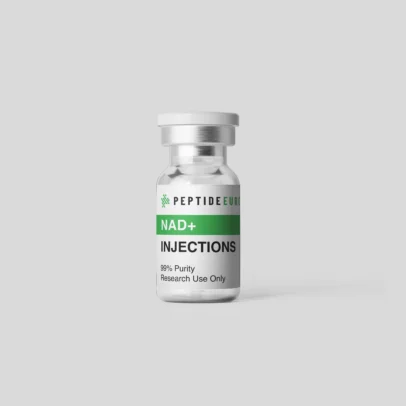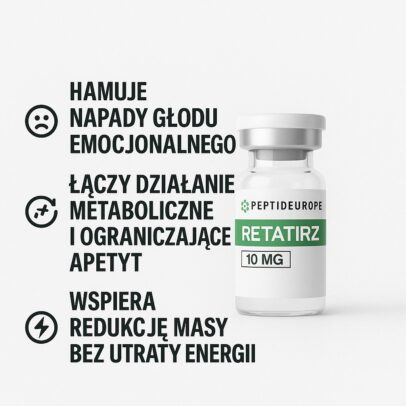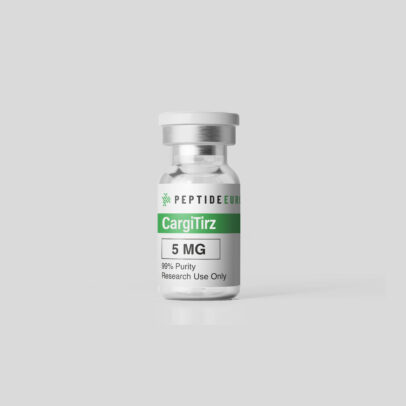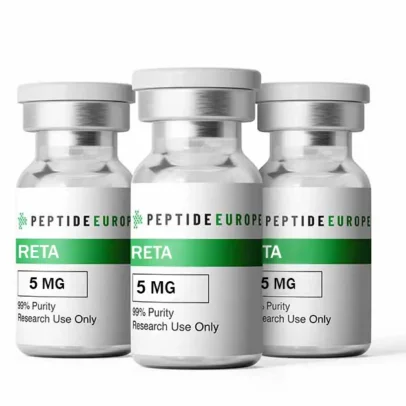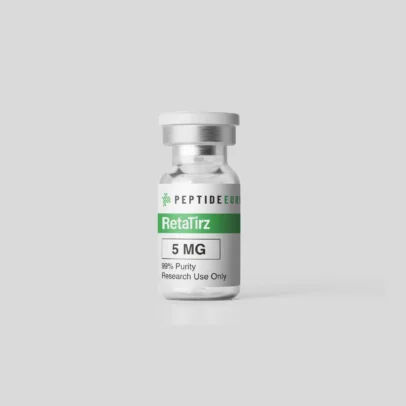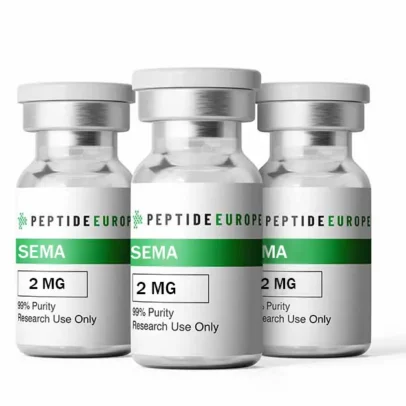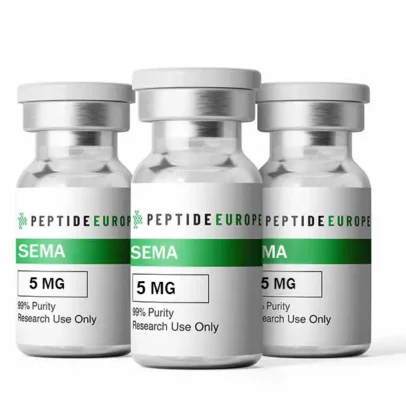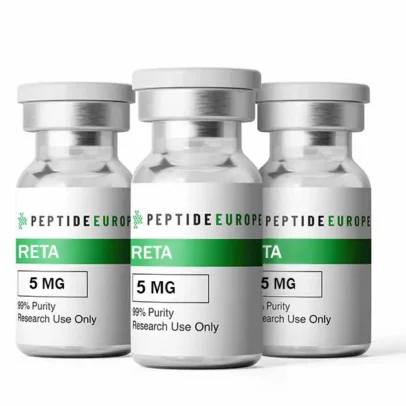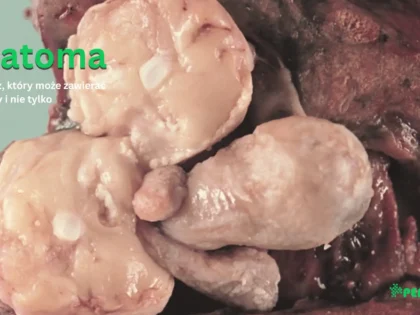Candida Albicans: What are the Causes, Symptoms and Treatment?
-
PepEurope
- Posted on
- 0 comments

Candida albicans is one of the most common fungal pathogens in the human body. Although it usually does not cause health problems in healthy people, it can cause infections under certain conditions. In this article, we will look at what it is, what symptoms it causes, and how it can be treated.
What is Candida albicans?
Candida albicans is a fungus that naturally occurs in the human body, mainly in the mouth, intestines, skin and intimate areas. Under normal conditions, this fungus lives in symbiosis with the body and does not cause any health problems. However, when the body loses balance, for example due to a weakened immune system, it can begin to multiply excessively and cause infections.
What are the causes of infection?
The Candida albicans fungus becomes a pathogen when there is a certain imbalance in the body. The most common causes of the development of the infection are:
- Weakened immune system: People with weakened immune systems, e.g. due to HIV infection, immunosuppressive treatment or chemotherapy, are at greater risk of fungal infections.
- Antibiotics: Long-term use of antibiotics can disrupt the body's natural bacterial flora, allowing Candida fungi to overgrow.
- Diabetes: High blood sugar levels promote the growth of Candida fungi.
- Hormonal changes: Pregnant women, people using hormonal contraception, and women during menopause are more susceptible to fungal infections.
Symptoms of infection
Infections caused by Candida albicans can occur in different parts of the body, and symptoms depend on the site of infection:
- Oral infections: They often present as a white coating on the tongue, gums, and palate. There may also be pain and a burning sensation in the mouth.
- Vaginal infections: They manifest themselves with itching, burning, pain and characteristic white, lumpy discharge.
- Skin infections: They can appear as red, itchy patches on the skin, especially in skin folds such as the armpits or groin.
- Invasive candidiasis: If the infection spreads into the bloodstream, systemic symptoms such as fever, chills, and signs of sepsis may occur.
How is Candida albicans treated?
Treatment for infection depends on the type of infection and its location. In most cases, antifungal medications are used, such as:
- Oral medications: In case of oral or vaginal infections, your doctor may prescribe medications in the form of tablets or lozenges.
- Local medications: Antifungal ointments and creams applied directly to the skin for skin infections.
- Oral or intravenous antifungal medications: For more serious infections, such as invasive candidiasis, intravenous medications may be necessary.
- Probiotics: They help restore the balance of intestinal microflora, which can help fight overgrowth.
- Change of diet: Avoiding sugars, which promote fungal growth, as well as adopting healthy eating habits can aid treatment.
Prevention of Candida albicans infection
Here are some simple steps that can help prevent the development of Candida albicans:
- Take care of personal hygiene: Regularly washing your body and changing your underwear will help maintain the balance of your microflora.
- Avoid excessive use of antibiotics: Only use them when really needed to avoid upsetting the balance of your microbiome.
- Use probiotics: Probiotics help maintain healthy bacterial flora in the intestines and prevent the overgrowth of fungi.
- Monitor your blood sugar levels: People with diabetes should take care to keep their blood sugar levels within normal limits to prevent infections.
Summary
Candida albicans is a fungus that naturally occurs in human organisms, but under certain conditions it can become a pathogen and cause infections. It is worth taking care of proper hygiene, a healthy diet and avoiding excessive use of antibiotics to prevent the development of this fungus. Treatment is based mainly on antifungal drugs, but also on lifestyle changes, such as the use of probiotics and controlling blood sugar levels.






